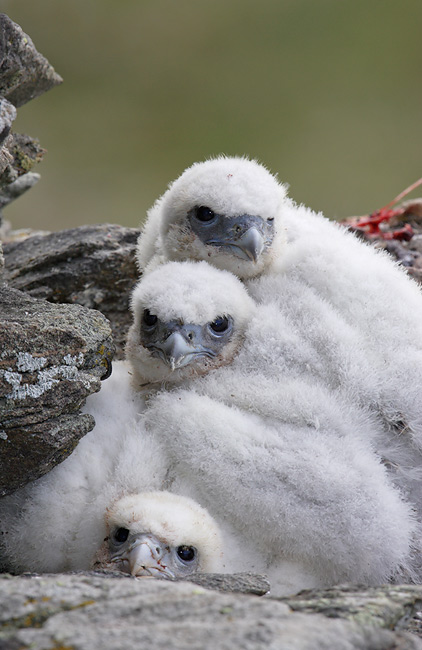
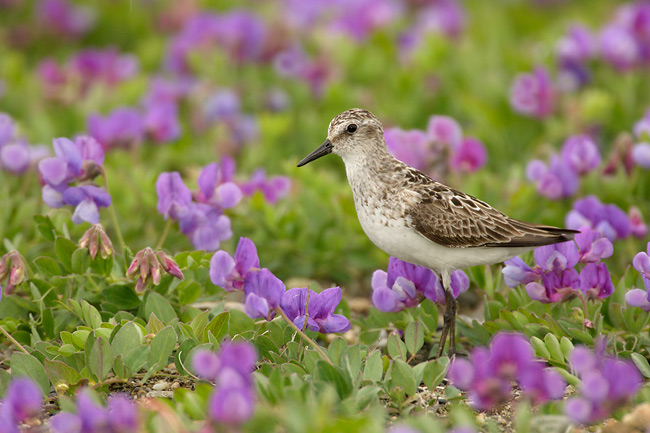
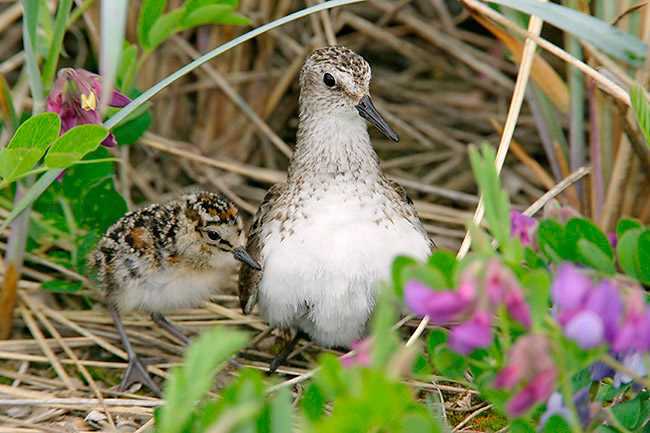
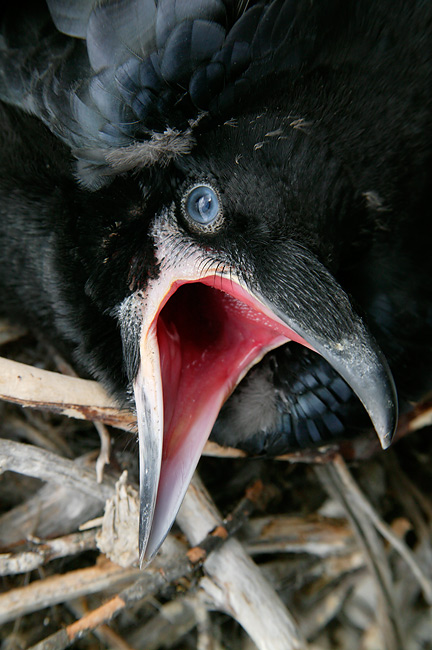
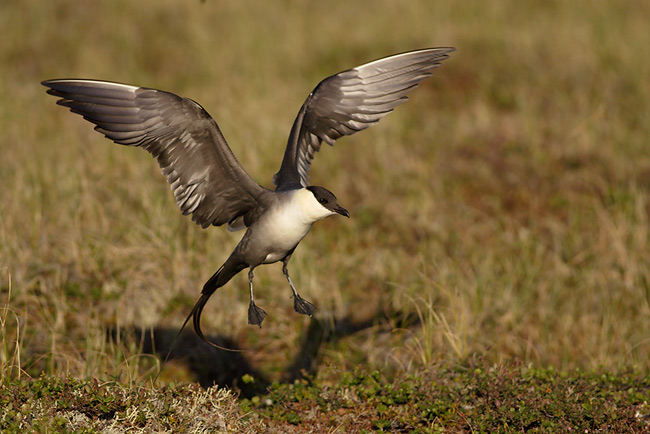
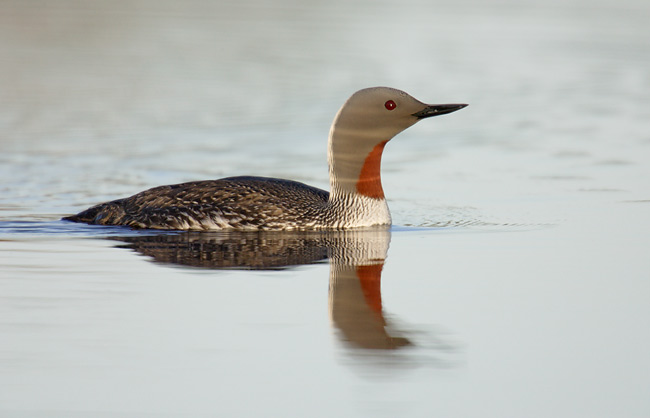
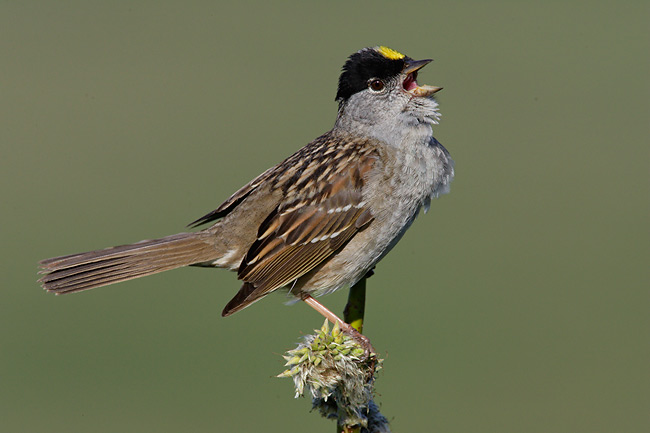
Great news: the latest version of Breezebrowser, which will handle raw conversions for the Canon EOS 1D Mark II digital camera body, is now being tested. Breezebrowser is a powerful browser that offers lightening-fast slide show editing and other amazing conveniences for serious digital photographers. BIRDS AS ART is a Breezebrowser dealer; see http://www.birdsasart.com/breezebrowser.htm for details.
I shall send a BAA Notes the moment that I hear from Chris Breeze that the latest version is available for downloading.
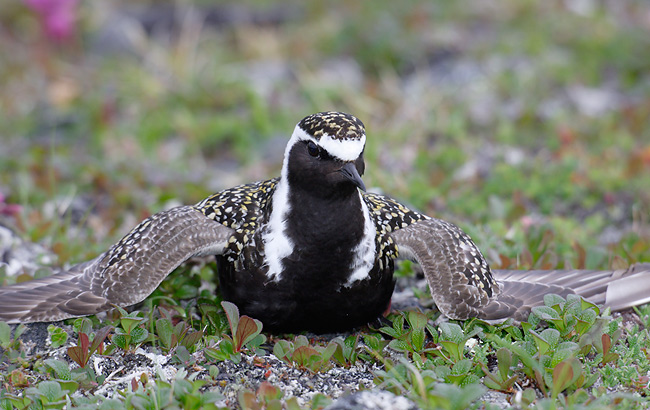
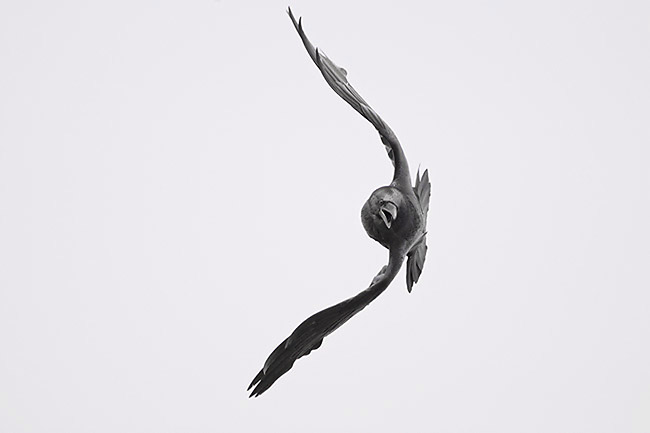
The Lake Martin, Louisiana Roseate Spoonbill IPTs (Roseate Spoonbill--and Great Egret--rookery in budding cypress swamp; courtship & nest building. Barring a natural disaster spoonbill chicks are expected on the 2nd IPT only. The first IPT will feature spoonbills in mind-boggling breeding plumage (unlike anything I've ever seen here in Florida). They will be courting, building nests, copulating, and fighting. Good flight photography opportunities are expected on both IPTs). 500 and 600mm lenses with 1.4 and 2X TCs are mandatory (rentals are available). Also: Cattle Egret, Green and Little Blue Heron, both night-herons, sunrise scenics, nutria, alligators with young, and lots of flowers. Sunny afternoons will be tough at this Lake Martin but mornings will be spectacular. With cloudy weather the days will be long... Registration includes a complimentary homemade crawfish etouffe dinner; hosts: Wes and Patti Ardoin. (Fly to Lafayette, La.)
L
AKE MARTIN, LA SPOONBILLS, MAR 19-21 & MAY 13-15, 2005, 3 -DAY: $899 (Limit 10)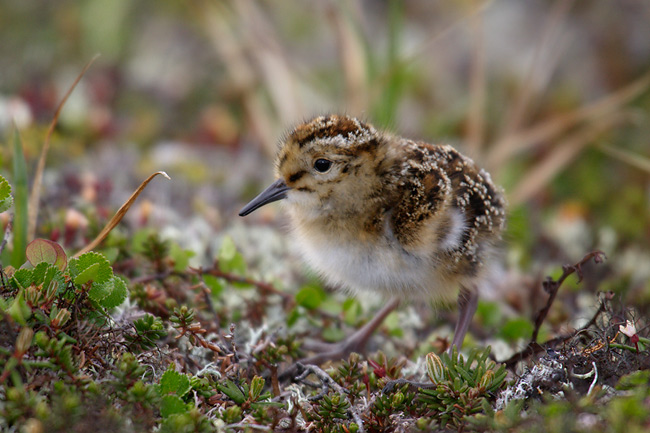
POST X-MAS: DEC 28-30, 2004, 3-DAY: $869. Limit 12/9 openings.
PRESIDENTS HOLIDAY IPT: FEB 18-22, 2005, 5-DAY: $1399 (Ellen Anon will assist me as co-leader on this IPT and conduct a Photoshop session) Limit 14/6 openings.
Click here to enjoy the SW-FL IPT Experience.
The San Diego IPT(California Brown Pelican in spectacular breeding plumage at close range, Brandt's and other cormorants, Western, California, Heerman's (also in full breeding plumage) and other gulls. (There will be great flight photography opportunities with the preceding species.) Lesser Scaup, Wood, Ring-necked, and other ducks. Marbled Godwit, Willet, Whimbrel, Surfbird, Wandering Tattler & other shorebirds, most at close range. Harbor seals and sea lions. Digital expert and Photoshop Instructor Ellen Anon will assist me as co-leader on this IPT and conduct a Photoshop session
San Diego IPT: January 6-9, 2005, 4-DAY: $1299
(Limit: 12, 6 openings.) Click here to enjoy the San Diego ITP Experience.Homer, AK, Bald Eagle IPT w/co-leader GREG DOWNING FEB 4-8 & 9-13, 2005 5-DAY: $1599. 10-DAY: $2999 (near sell outs)
The Fort DeSoto/Sarasota IPT (Royal Tern & Laughing Gull in spectacular breeding plumage/courtship and copulations), dark and white phase Reddish Egret in breeding plumage, several other heron and egret species, Sandwich & Forster's Terns, Long-billed Curlew and a dozen or more easily approachable shorebird species, great flight photography opportunities in Sarasota: Brown Pelican, Great Egret, Great Blue Heron, & Black-crowned Night-Heron (head and shoulders portraits likely with this species).
Fort DeSoto/Sarasota IPT: April 8-10, 2005, 3-DAY: $869 (Limit: 12, 10 openings.)
Artie
Note: Arthur Morris has been a Canon contract photographer since 1994 and continues in that role today. Hunt's Photo of Boston, MA is a BIRDS AS ART sponsor, as is Delkin Devices. Do feel free to forward this Bulletin to one or more photographer-friends. Those wishing to subscribe click here: mailto:http://birdsasart.us1.list-manage.com/subscribe?u=94ad23bd96f48a1de2ca612b3&id=bdb4a511a0?subject=subscribe Back issues of relevant Bulletins are archived on the web site at: http://www.birdsasart.com/bn.html